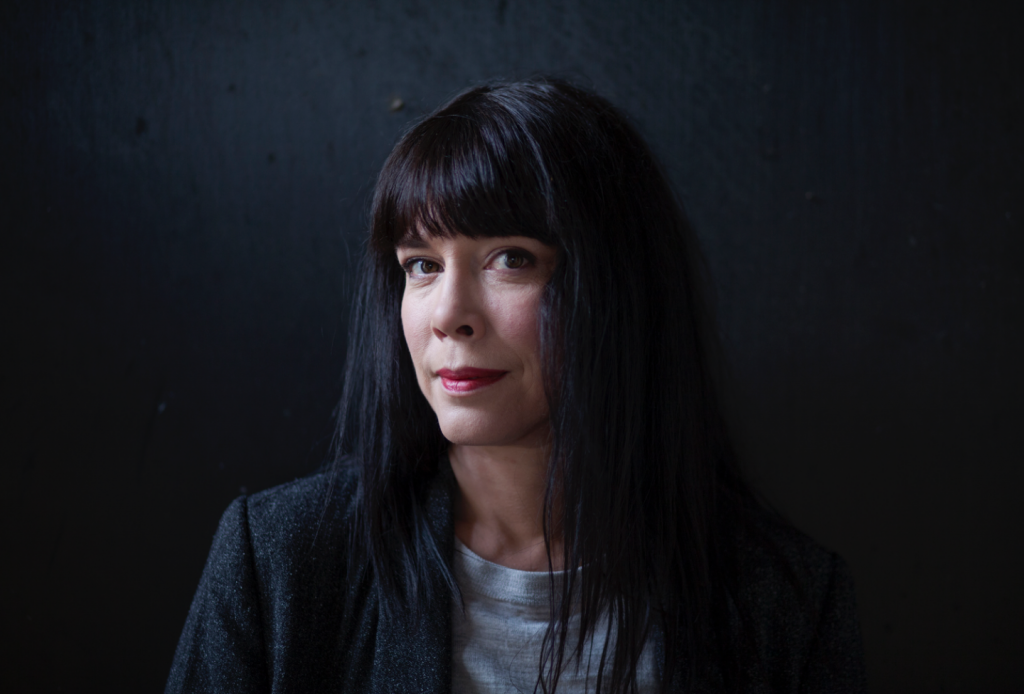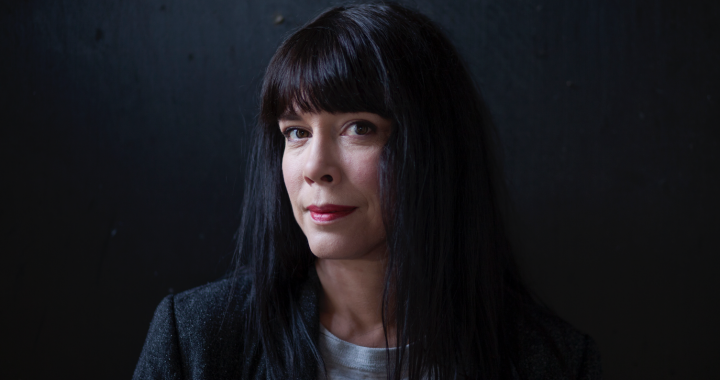A Conversation with Asa Avdic
How would you describe The Dying Game?
I struggled for a long time to find the right words for what kind of book The Dying Game is, because to me it’s just a story I had in my head that I wrote down. I had to find a way to tell people what I had written. So, I decided to call it dystopian crime.
The book takes place in 2037, but it’s a counterfactual history, so you’ve not only invented the future but also reinvented the past. How? And why?
I wanted the story to take place in a world similar to ours, but I wanted to make up my own rules. I’m a journalist by profession and have spent almost my entire working life reporting and chronicling the real world, so in my novel I loved having the freedom to make things up, straight out of my head. To an investigative reporter and news journalist like me, this seemed very luxurious and forbidden! Still, I didn’t want my world to be a “once upon a time” fairytale world without limits, so I came up with a kind of counterfactual idea of a totalitarian northeast Europe, where the Berlin Wall never fell and the Eastern bloc just got stronger, bigger, and more isolated from the rest of the world. And, as totalitarian states almost always do, they slowed progress and development. So in “my” world, the 2030s of the book is more like a really bleak version of the ’90s as we knew it. This gave me the world I wanted—it’s our world, but at the same time it’s not.
I should also say that since I am European with a diverse background, I do have relatives from the totalitarian states of the old Eastern bloc. My extended family is from both Bosnia (formerly Yugoslavia) and the former DDR (East Germany), and I have always been very interested in the effect that totalitarian regimes have on human beings. How one responds to the threat of always being overheard or betrayed, to never knowing who’s watching you, to never knowing whether t hings that come your way are a reward or punishment, or even why? Some of the weirdest things in the book actually have happened to my extended family.
hings that come your way are a reward or punishment, or even why? Some of the weirdest things in the book actually have happened to my extended family.
Did being a news broadcaster and investigative reporter influence your writing of the novel?
Very much so. In fact, the last third of the book is kind of a “mockumentary” of interrogations after the situation on the island went down. There are some intense interview techniques at work in those interrogation scenes, and they were very fun to write. But also the perspective of the book, told from different angles, by different persons, sometimes contradicting one another, contributes different pieces of the whole story . . . a very journalistic way to build a story.
Have you based your characters on real people?
For the most part, no, I haven’t. That’s the beauty of fiction, to be able to invent not only events but also people. There are, of course, in the book references to real events and people that I’ve met. For example, my Swedish editor, whom I’ve known forever, recognized her old staircase in my character Nour’s apartment. Another friend discovered that his great-grandfather’s name is also the name of one of my minor characters. Ha-ha. I had no idea that I borrowed these things. But then the details transformed themselves into new things and new people, strange to me as well. It had a little bit of a magical feeling, and because of this feeling, I never want to do anything else besides write fiction and make things up.
But, honestly, isn’t there a resemblance between the character Nour and your own grandmother?
Yes, okay, there is. She is the only character who is loosely based on a real person. My grandmother was also a very special person to me. She was really tough, blunt, truthful, and she didn’t spare anyone’s feelings. The same kind of personality as Nour. I spent a great deal of my childhood at her farm in the Swedish countryside, and I really loved her, but I was also afraid of her. She would always tell me the truth, and she was very loyal . . . just like Nour in The Dying Game. My grandmother died a couple of years ago, and I still miss her terribly, so to write Nour was a way to get to hang out with her a little bit more.
Your grandmother grew up in the U.S.?
Yes, she was the child of immigrants. Her father left Bosnia, Yugoslavia, and settled in Butte, Montana, where he met my great-grandmother, an immigrant from Sweden. They married and soon had four daughters. Then things spiraled downwards. My great-grandfather died in a mining accident, and my great-grandmother moved with her daughters to Chicago, where she became a Christian Scientist. When she contracted tuberculosis, her religion forbade medical care, and eventually she died.
My grandmother and her sisters, now orphans, were shipped to their mother’s relatives in Sweden, where they all were adopted, except for my grandmother. Grandma stayed with her aunts and uncles on the farm, which she eventually inherited, and lived there for the rest of her life.
My grandmother used to show me the most amazing photos from Butte and Chicago: the four sisters climbing on Model T Fords, Bosnian Muslim miners with fezzes on their heads outside the mine in Butte. Her whole life she felt America was her real home and it had been taken away from her. To her, it was the place where every dream could come true, no matter what your background was. I think she would have been truly devastated by recent events in American politics.
One of the story lines in the book is the relationship among Anna, her mother, Nour, and Anna’s daughter, Siri. How would you describe their relationship?
I once called it “dark Gilmore Girls” because there are three generations of women, and they make choices about their lives that are contrary to one another. There are love and hate and guilt and loyalty that bind them together. But there isn’t any sappy sentimentality in the Nour/Anna/Siri relationship; it’s more in your face. I’ve always been interested in the bonds between mothers and daughters.
Would you say that a major theme in The Dying Game is whom to be loyal to and whom to trust?
Yes, it is. Most of the story takes place in a sort of “locked room” situation, where Anna is about to perform a kind of social experiment on the other guests on the island, but the experiment derails, and Anna finds herself not knowing whom to trust. Eventually she wonders if she really can trust herself.
In my professional work as a journalist, I have often been involved in live broadcasts of big catastrophes, like terror strikes and such—situations where you have to make crucial, split-second decisions—so I’m really interested in these kinds of events, where it sometimes seems that there are only bad choices at hand.
At the end of the book, you seem to leave an opening for a sequel. Is that so?
In fact, I’ve just started writing it. It feels good to be reunited with some of the characters again. To be continued . . .

